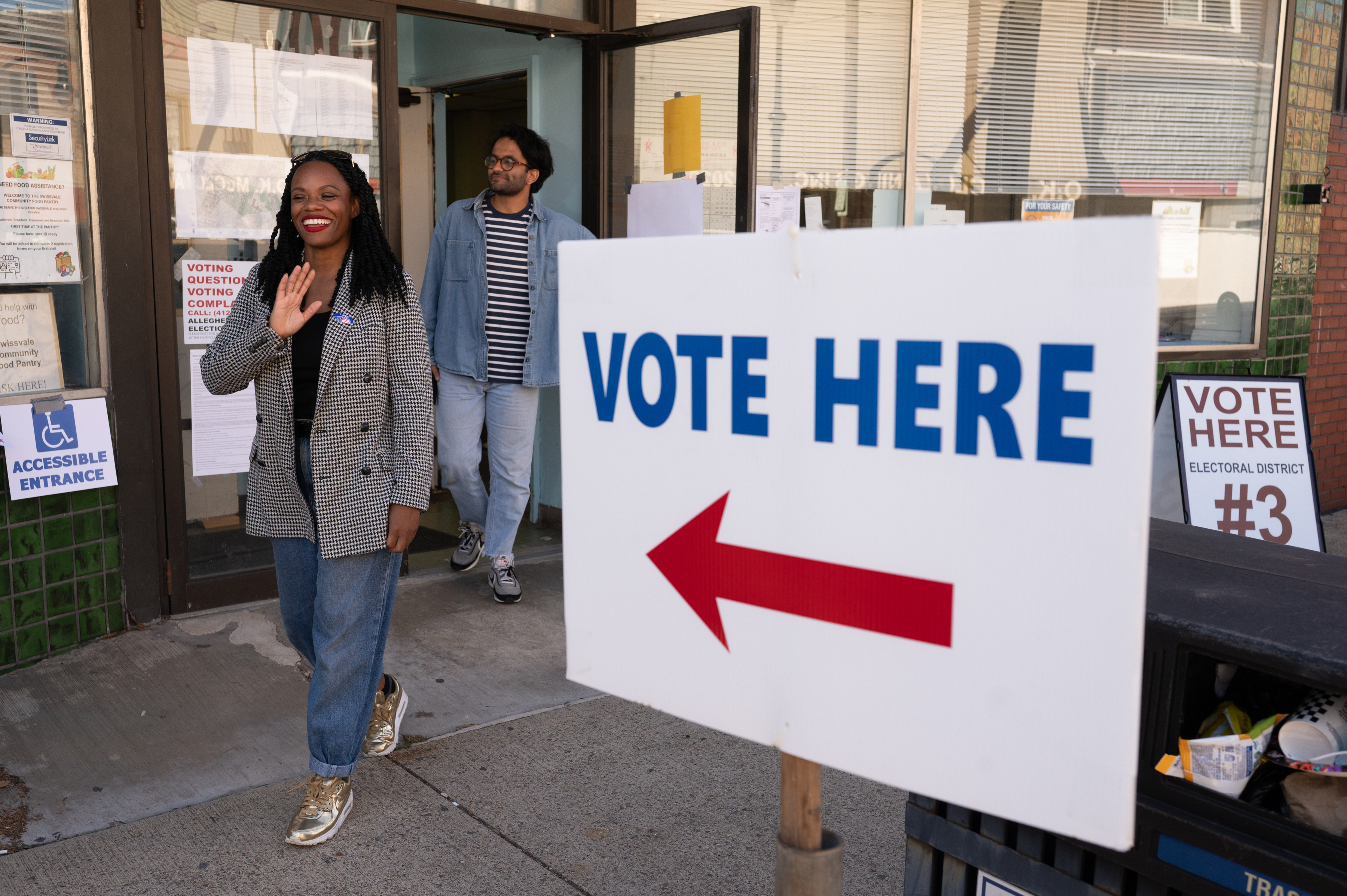A pair of researchers who gave the French revolutionary Robespierre a disputed 3D makeover raised the possibility Friday that the man best known for unleashing the Reign of Terror may have suffered from a rare autoimmune disorder.
Using a death mask that some historians believe was taken by Madame Tussaud herself just after Maximilian de Robespierre was guillotined, the researchers constructed a pockmarked, malevolent face that bears little resemblance to portraits of the revolutionary leader.
Researchers Philippe Charlier and Philippe Froesh, in a letter in the British journal Lancet published Friday, said their review of the death mask and descriptions of Robespierre's ailments by contemporaries indicate he could have had sarcoidosis, a rare autoimmune disorder that was first recognized in 1877, nearly 100 years after the revolution.
Some historians question the mask's authenticity, including Philippe de Carbonnieres, a historian at the Paris' Musee Carnavalet, home to one of the most famous portraits of Robespierre as a handsome young man, with a clear gaze and no sign of facial scarring. Copies of the mask can be found at the Granet Museum in the southern city of Aix-en-Provence.
Tussaud knew Robespierre and many of the other revolutionaries and created death masks in exchange for keeping her own head during tumultuous times, but Carbonnieres said she certainly faked Robespierre's, describing the woman who ultimately fled for Britain as "something of a show woman."
"This is a vision that a lot of people want to have of Robespierre," said Carbonnieres, who himself is a member of the organization Friends of Robespierre.
The whole argument might seem academic, but Robespierre remains a hugely divisive figure in current French politics. When the first 3D images emerged earlier this month, far left politicians denounced it as a plot to make their hero look evil.
Local
Breaking news and the stories that matter to your neighborhood.
"These days, with 3D, heroes are derided and tyrant kings are magnified ... A sad era," wrote Alexis Corbiere, a Paris official and member of the Leftist Front, which is among many to view Robespierre as a champion of social justice.
Corbiere referred to the recent dispute about the head of French King Henry IV, prompted by the same researchers, who did a 3D reconstruction of the monarch's head from a skull that other researchers ultimately said was misidentified. They have continued to stand by that work.
Froesh said many in France still lionize Robespierre as a founding father and can't bear to think of him as ugly.
"They say that it doesn't correspond with the portraits of the era, which show no scars," Froesh said. "When they see this picture of a tired man, with bags under his eyes and scars, people are disappointed because it shatters their idealized image of Robespierre."
Guillaume Mazeau, a historian of the Revolution at the Sorbonne, said it was unlikely that Tussaud would have had time to make a death mask of Robespierre, whose remains were disposed of as quickly as possible by his rivals during the Reign of Terror, which saw tens of thousands of executions in less than a year. The mass executions diminished after Robespierre was guillotined.
Robespierre's health problems were well documented, Carbonnieres said, and Werner Stenzel, a research physician who studies sarcoidosis, said the speculation seemed reasonable given the symptoms he reportedly suffered, which included fatigue, jaundice, nosebleeds, leg ulcers and frequent skin problems.
"You cannot provide the proof obviously with case which is that old," said Stenzel, of Berlin's Charite hospital, one of Europe's biggest. "The conclusions that can be drawn must be prudent, and this was certainly done in this case."
Fake or not, Mazeau said the 3D image and the strong reactions to it are striking.
"It's not neutral, this face. I don't even know if they're aware of it, but it has a political message," he said. "It comes from the view of Robespierre as a monster, whose face inspires fear, and it keeps with the tradition of counterrevolutionary caricature."
And Robespierre himself is no neutral figure in France, well beyond his death at age 36 in 1794.
"It is a question of the impact of the French Revolution in the long-term," Mazeau said. And to re-open questions about his health "are metaphors, revealing in the minds of some the nation's health."



